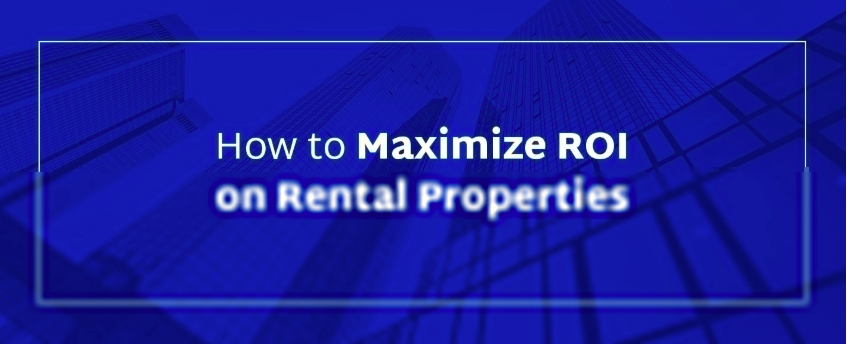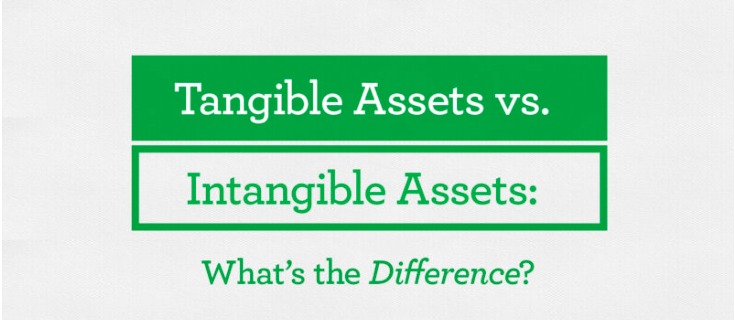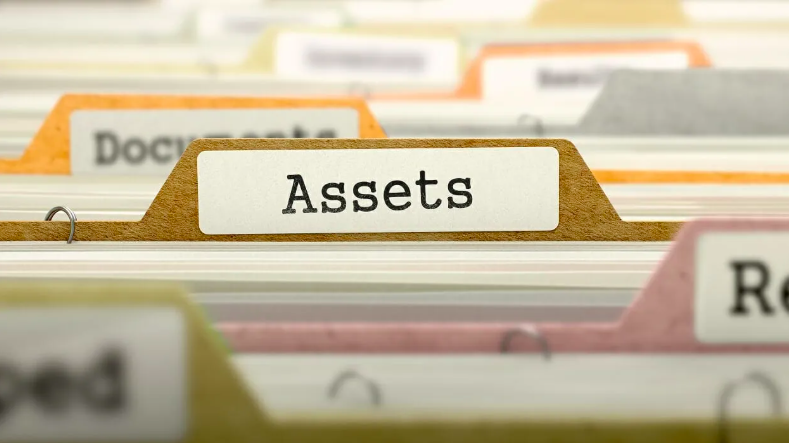
How to Maximize ROI for Rental Properties
What Is ROI?
Return on investment, or ROI, is the amount you get from an investment, such as a rental property, compared to the amount you put into it. The higher the ROI, the better. When ROI is high, it means that you’re getting back more than you initially invested.
Maximizing the return on investment (ROI) for your rental property is the ultimate goal for any landlord or real estate investor. Whether you’re managing a single-family home, a multi-unit apartment building, or a shortlet, there are proven strategies to boost your income, reduce expenses, and increase the value of your property. Here’s a comprehensive guide on how to maximize ROI for rental properties:
1. Set the Right Rental Price
Why It’s Important: Charging the right rent ensures you attract tenants while maximizing your income.
How to Do It:
Research comparable properties in your area to determine market rates.
Use tools like Zillow, Rentometer, or local property management companies for insights.
Adjust rent based on property features, location, and demand.
2. Minimize Vacancy Rates
Why It’s Important: Vacant properties mean lost income, so keeping your property occupied is crucial.
Strategies to Reduce Vacancies:
Market your property effectively using online listings, social media, and professional photos.
Offer incentives like a discount on the first month’s rent or waived application fees.
Respond quickly to inquiries and schedule showings promptly.
Maintain good tenant relationships to encourage lease renewals.
3. Screen Tenants Thoroughly
Why It’s Important: Reliable tenants pay rent on time, take care of the property, and stay longer.
Steps for Effective Screening:
Conduct background and credit checks.
Verify employment and income.
Contact previous landlords for references.
Use a detailed rental application to gather essential information.
4. Optimize Operating Expenses
Why It’s Important: Reducing costs increases your net income and overall ROI.
Cost-Saving Tips:
Negotiate with vendors and contractors for better rates.
Perform regular maintenance to avoid costly repairs.
Invest in energy-efficient upgrades (e.g., LED lighting, smart thermostats) to reduce utility bills.
Use property management software to streamline operations and reduce administrative costs.
5. Increase Rental Income with Add-Ons
Why It’s Important: Offering additional services or amenities can justify higher rent and attract tenants.
Ideas for Add-Ons:
Charge for parking spaces, storage units, or pet fees.
Offer furnished units or include utilities in the rent.
Provide premium amenities like high-speed internet, gym access, or laundry services.
6. Invest in Property Upgrades
Why It’s Important: Upgrading your property can increase its value, attract higher-paying tenants, and justify higher rent.
Upgrades to Consider:
Kitchen and bathroom renovations.
Fresh paint and modern flooring.
Landscaping and curb appeal improvements.
Smart home features like keyless entry or security systems.
7. Leverage Tax Benefits
Why It’s Important: Taking advantage of tax deductions can significantly improve your ROI.
Common Deductions for Landlords:
Mortgage interest and property taxes.
Depreciation of the property.
Repairs and maintenance costs.
Property management fees and insurance.
Tip: Consult with a tax professional to ensure you’re maximizing your deductions.
8. Implement Rent Increases Strategically
Why It’s Important: Regular rent increases help keep up with inflation and market trends.
How to Do It:
Review market rates annually and adjust rent accordingly.
Provide tenants with ample notice (typically 30–60 days).
Justify increases with property improvements or added amenities.
9. Use Technology to Streamline Operations
Why It’s Important: Technology can save time, reduce costs, and improve tenant satisfaction.
Tools to Use:
Property management software for rent collection, maintenance tracking, and financial reporting.
Online platforms for marketing and tenant screening.
Smart home devices to enhance security and energy efficiency.
10. Focus on Tenant Retention
Why It’s Important: Retaining good tenants reduces turnover costs and ensures steady income.
Tips for Retaining Tenants:
Address maintenance requests promptly.
Communicate openly and respectfully.
Offer lease renewal incentives (e.g., small rent discounts or upgrades).
Show appreciation for long-term tenants (e.g., holiday gifts or thank-you notes).
11. Diversify Your Rental Strategy
Why It’s Important: Exploring alternative rental strategies can increase income and reduce risk.
Options to Consider:
Short-Term Rentals: List your property on platforms like Airbnb or Vrbo for higher nightly rates.
Corporate Housing: Rent to business travelers or relocating employees.
Room Rentals: Rent out individual rooms in a multi-bedroom property.
12. Monitor and Analyze Performance
Why It’s Important: Tracking your property’s performance helps identify areas for improvement.
Metrics to Monitor:
Occupancy rates and tenant turnover.
Rental income and operating expenses.
Maintenance costs and repair frequency.
ROI and cash flow.
Tip: Use property management software or spreadsheets to track and analyze data.
Final Thoughts
Maximizing ROI for rental properties requires a combination of strategic planning, proactive management, and continuous improvement. By setting the right rent, minimizing vacancies, reducing expenses, and investing in upgrades, you can significantly boost your income and property value.
Remember, every property is unique, so tailor your strategies to fit your specific market, tenants, and goals. With the right approach, you can turn your rental property into a profitable and sustainable investment.

 March 11, 2025
March 11, 2025



